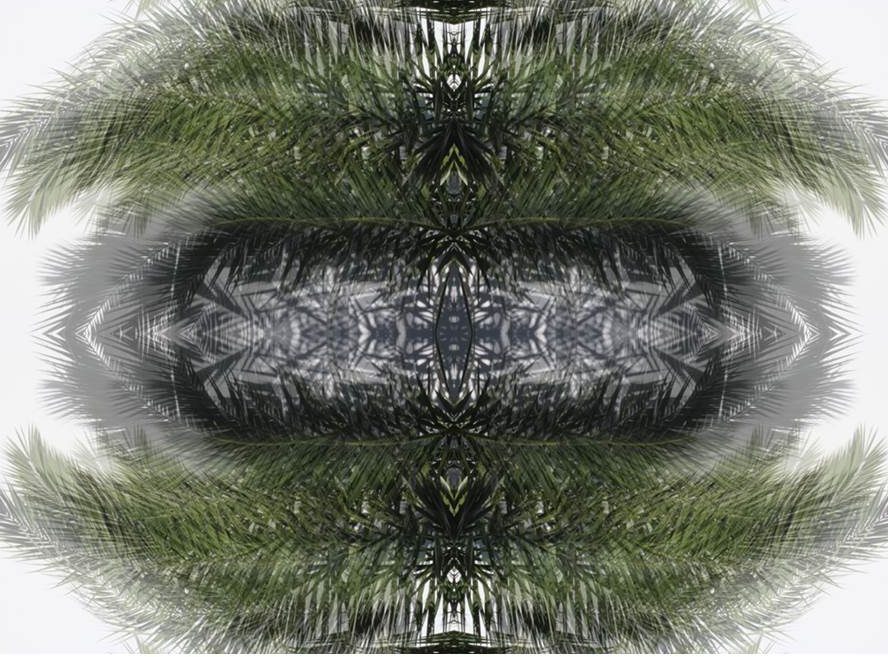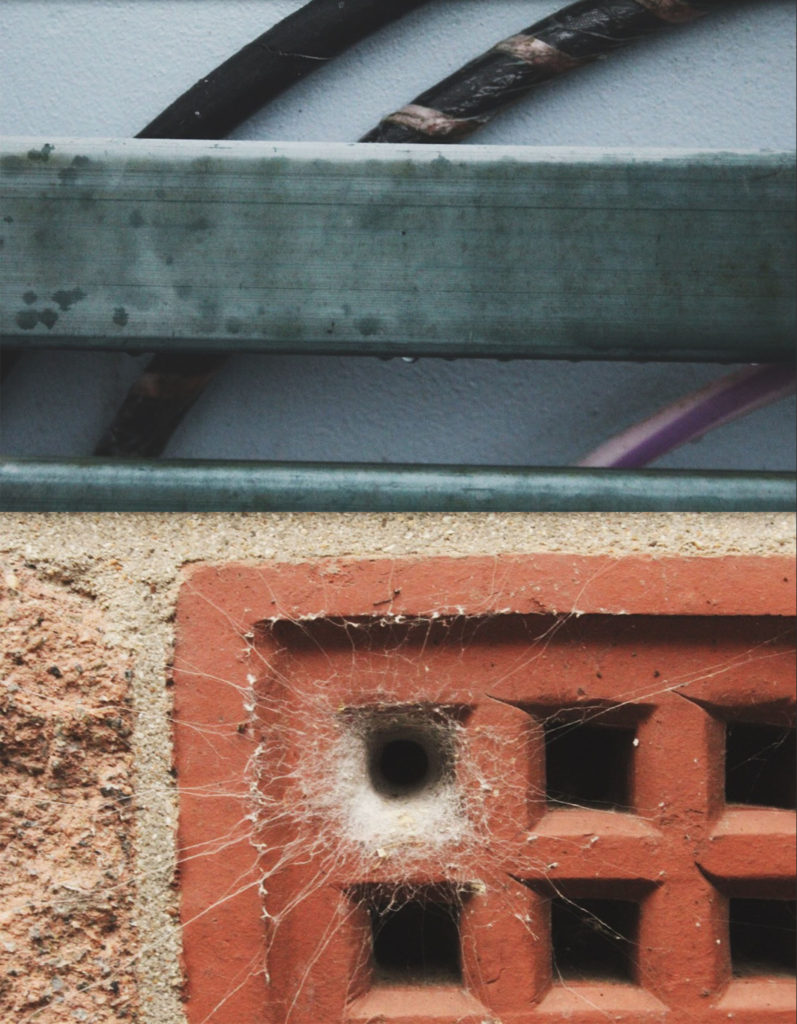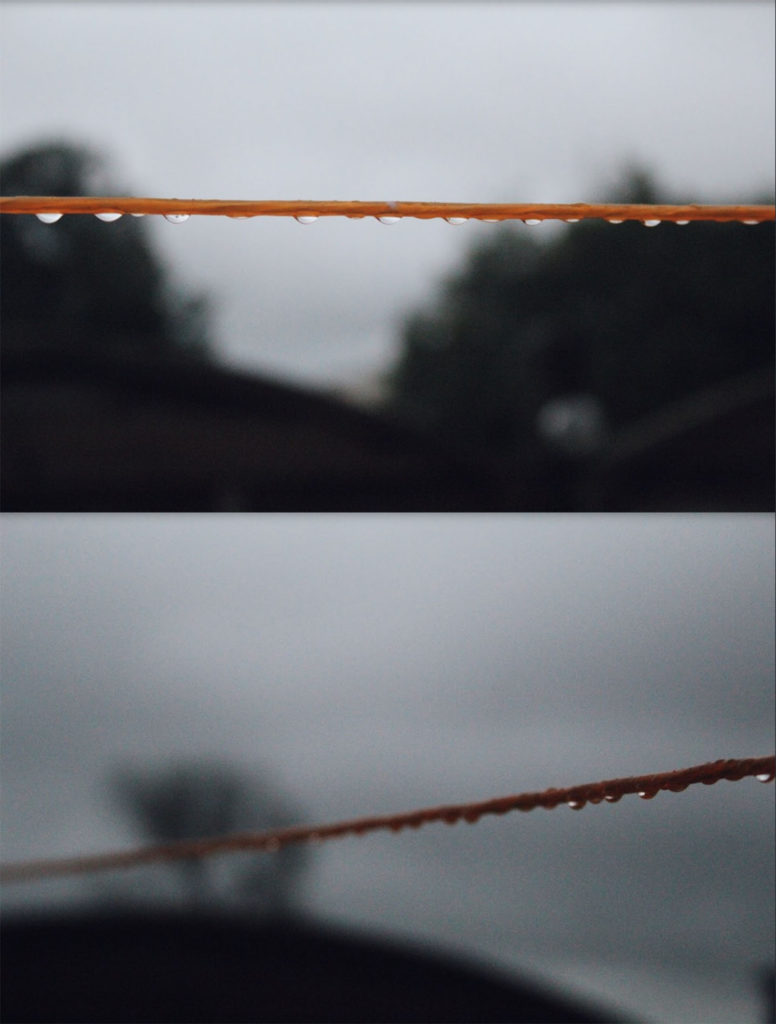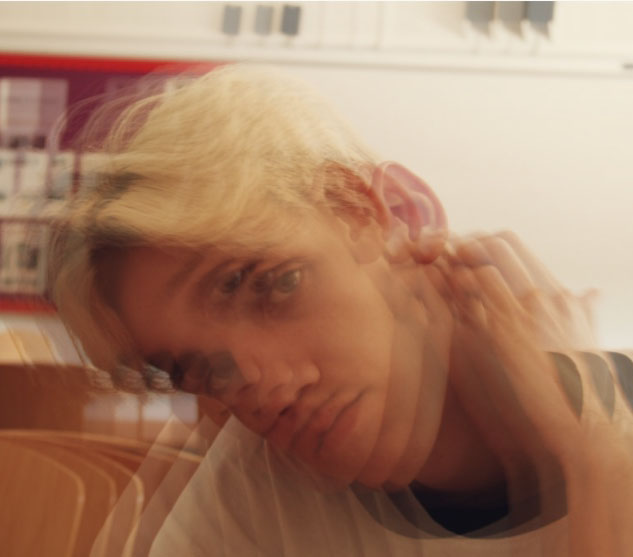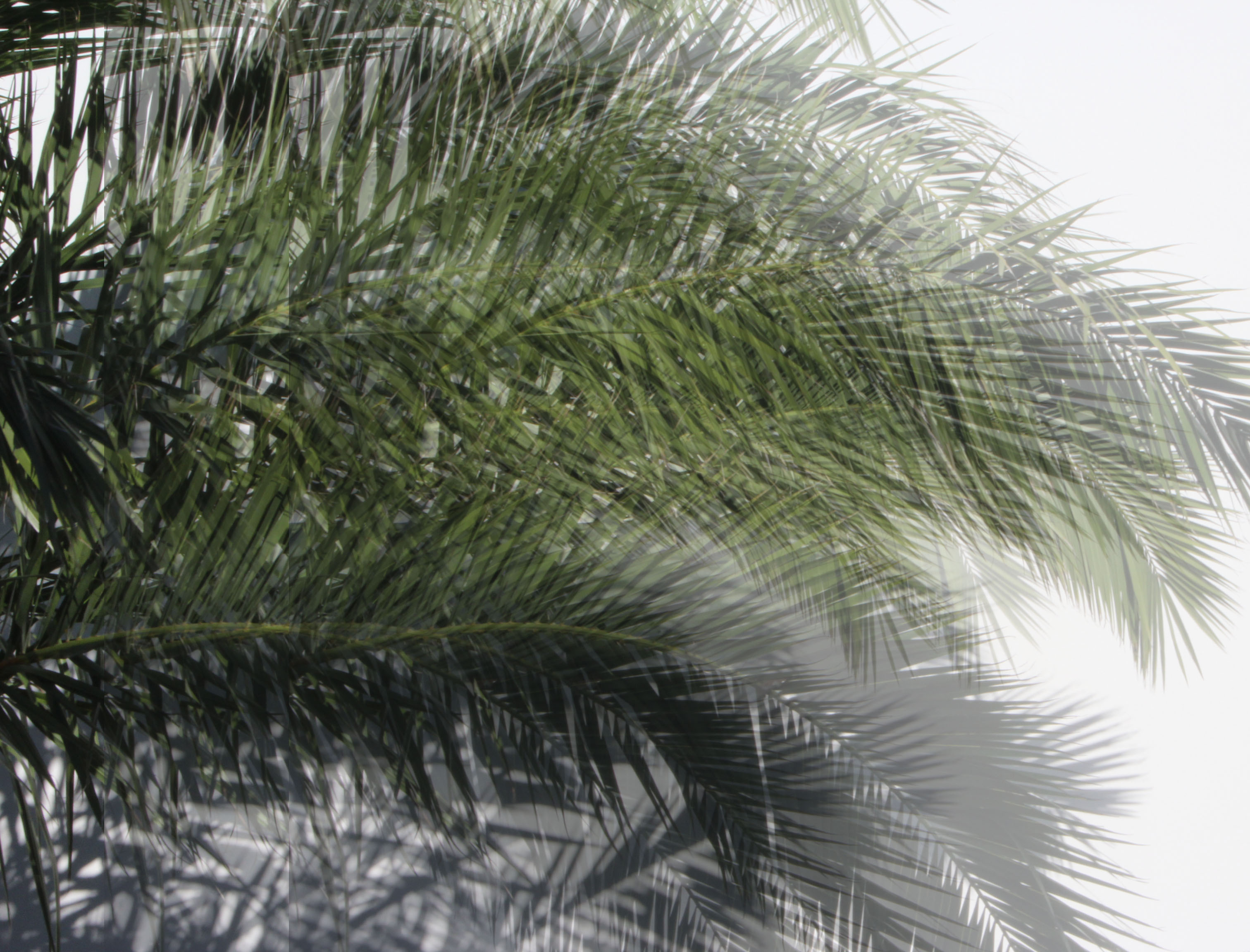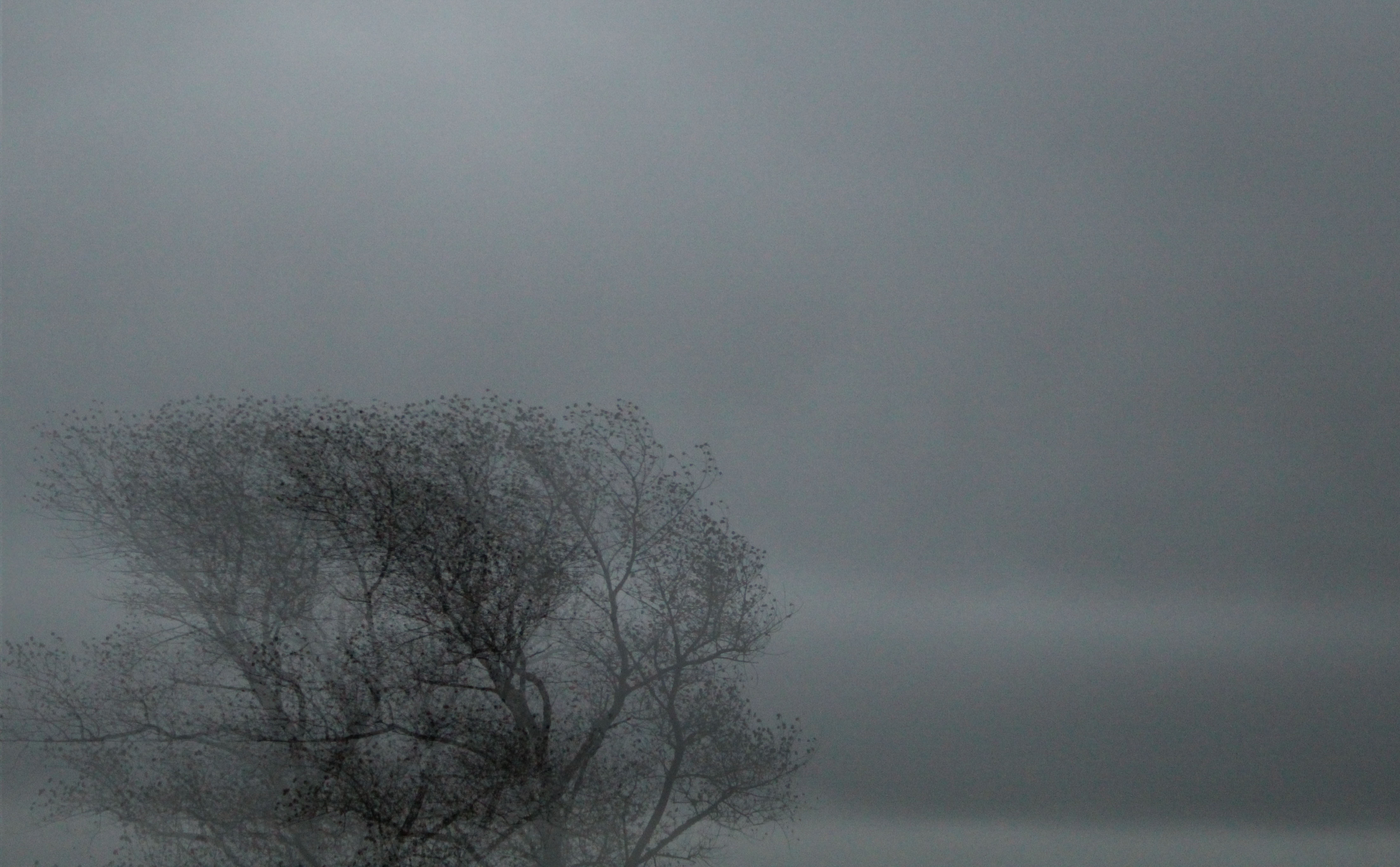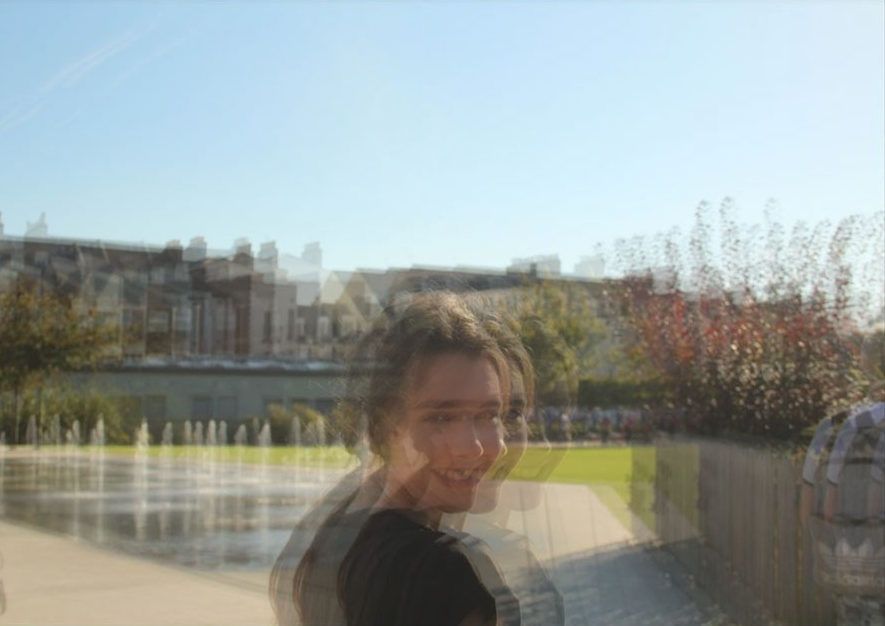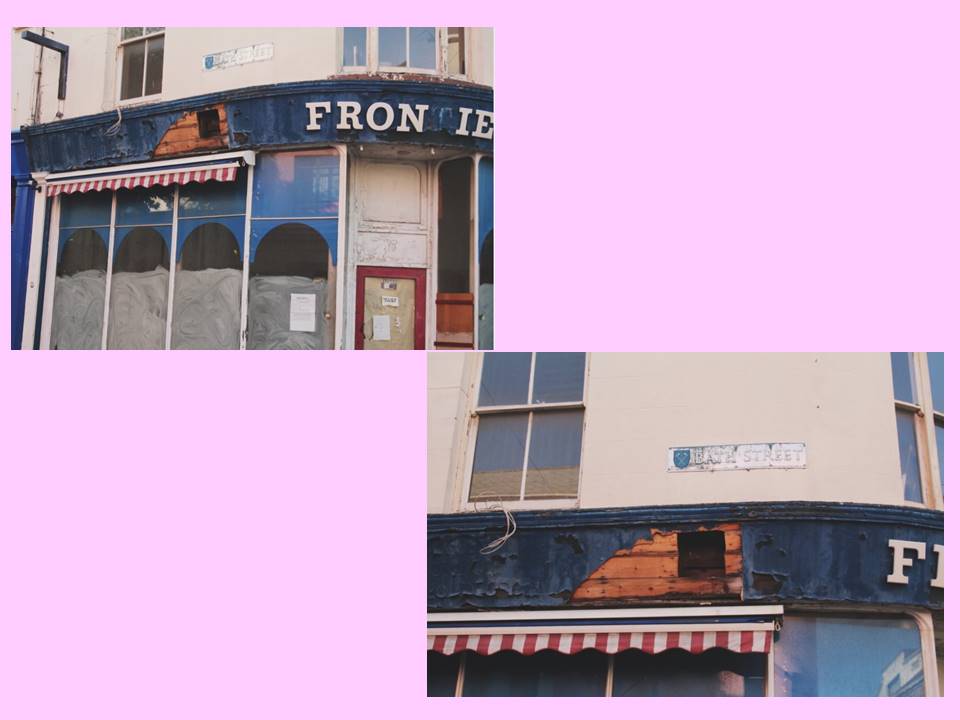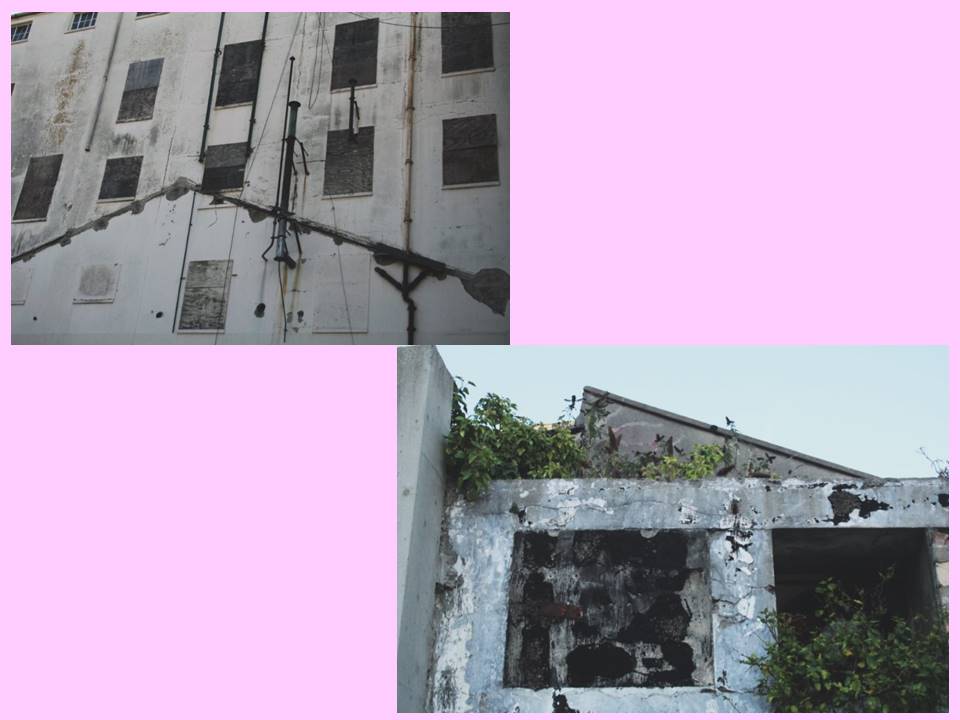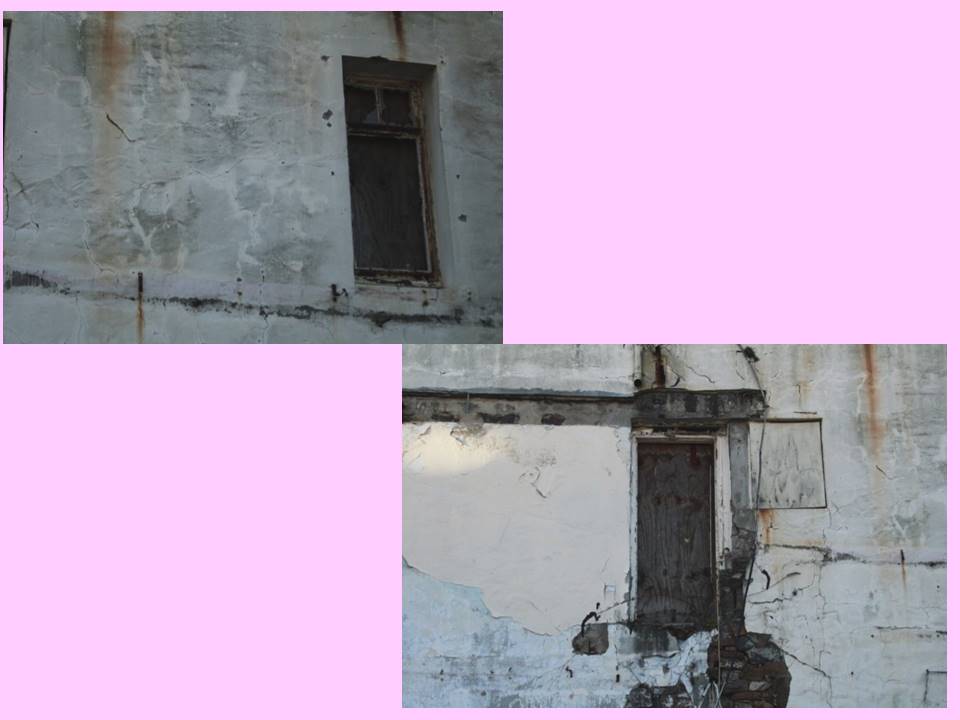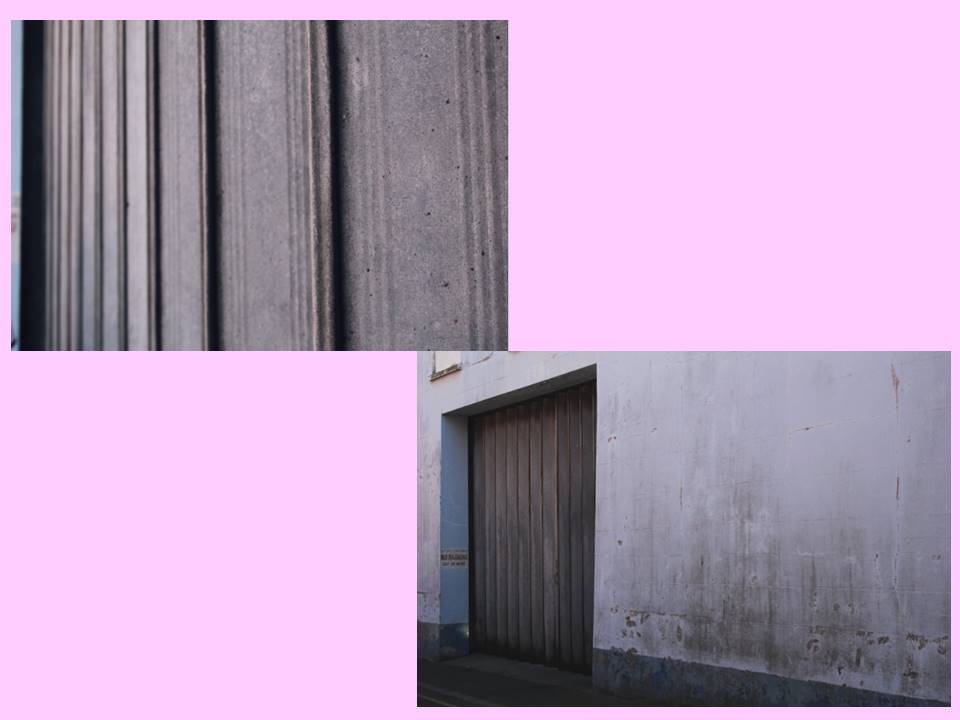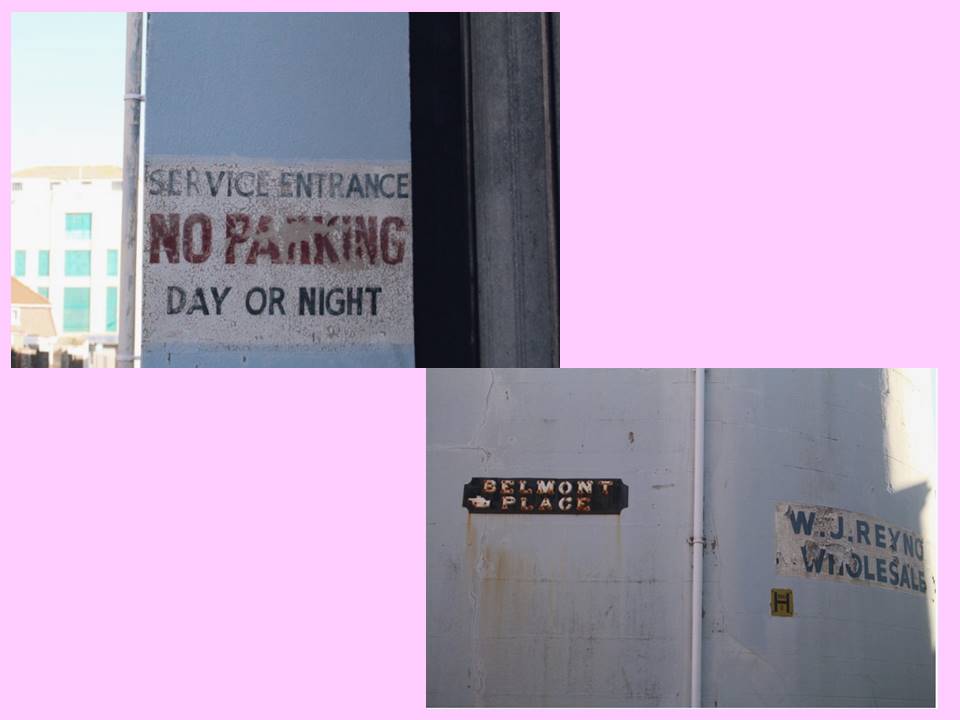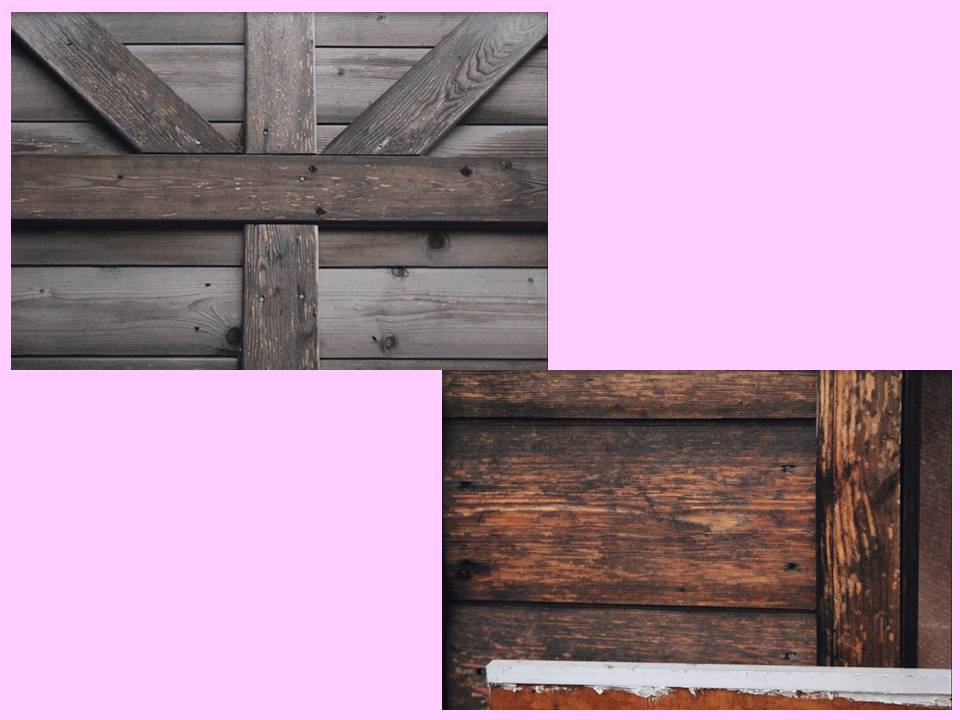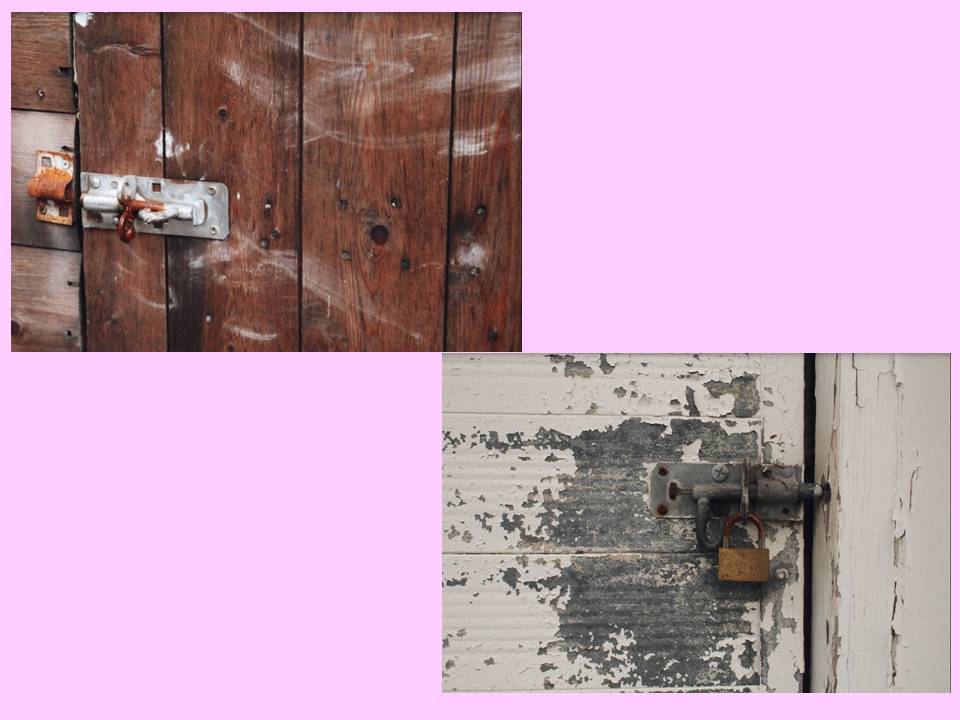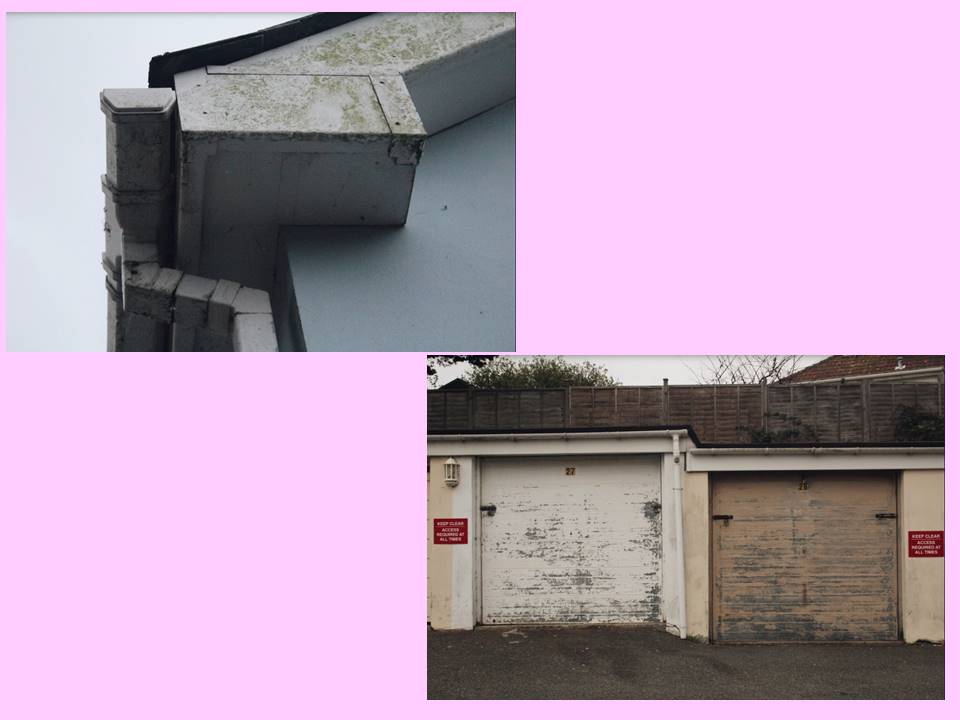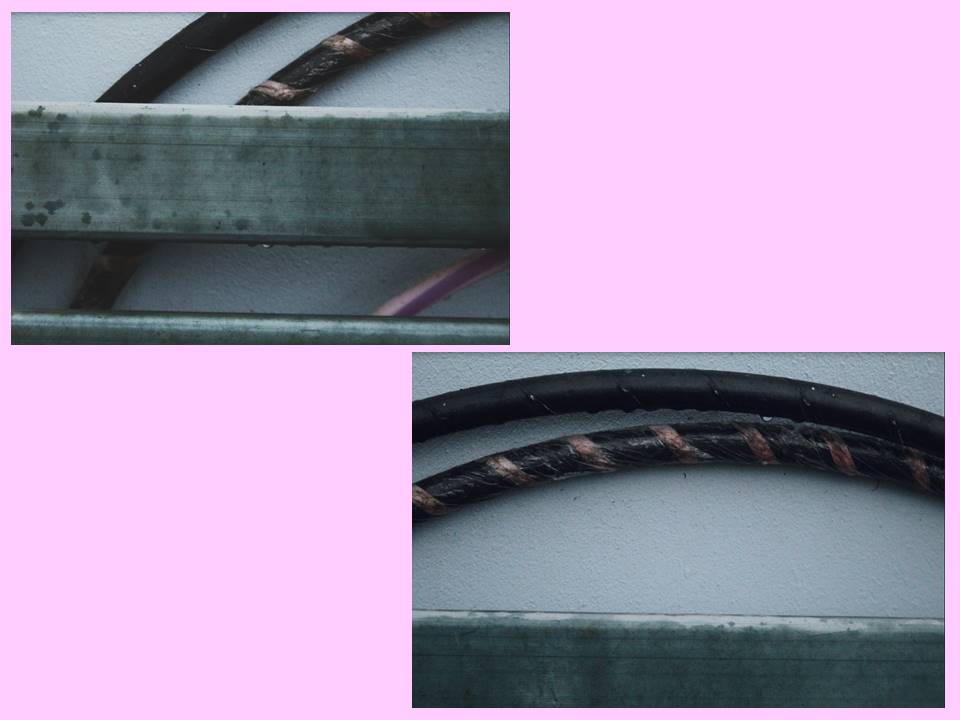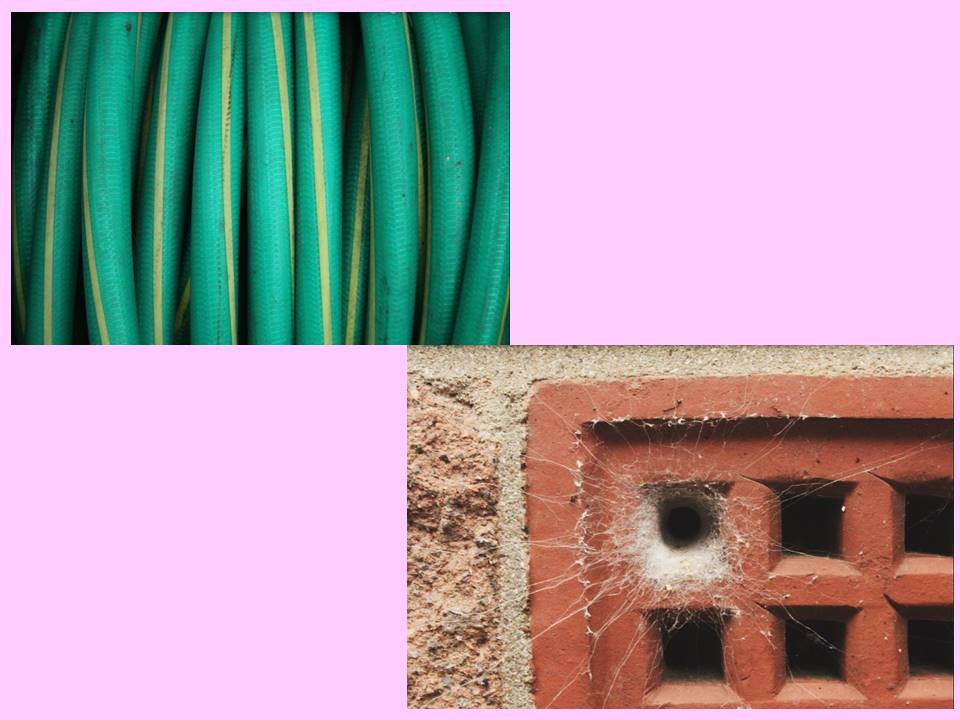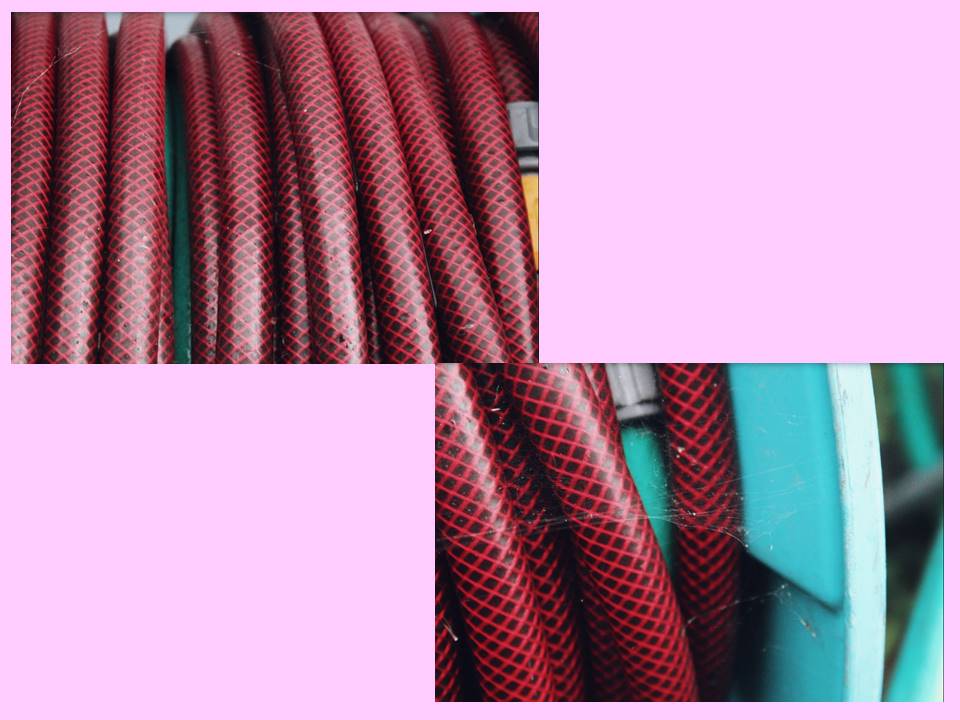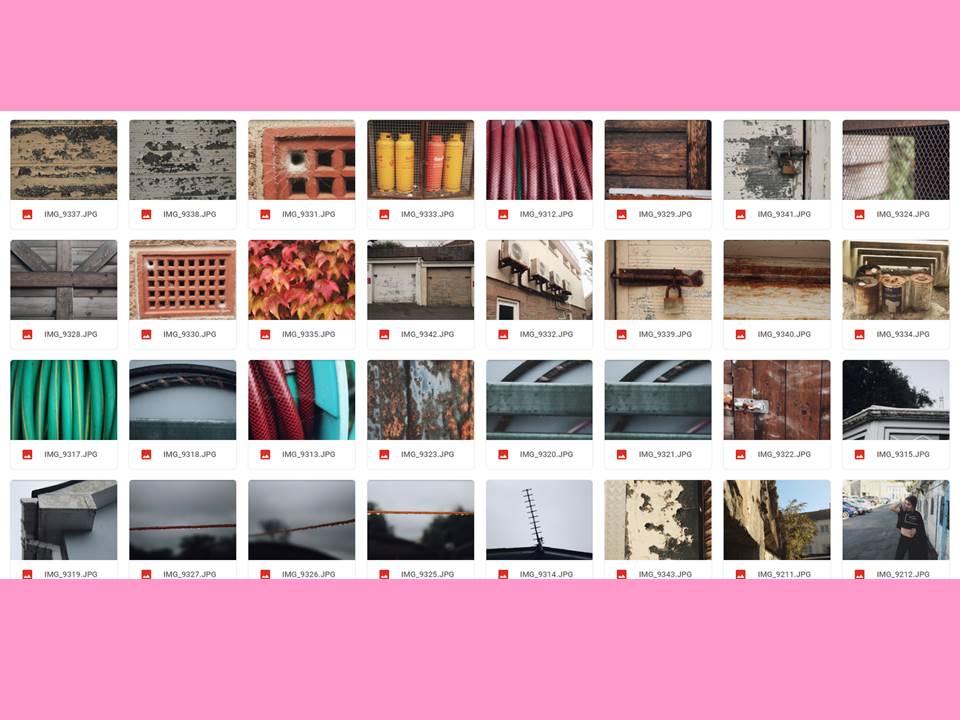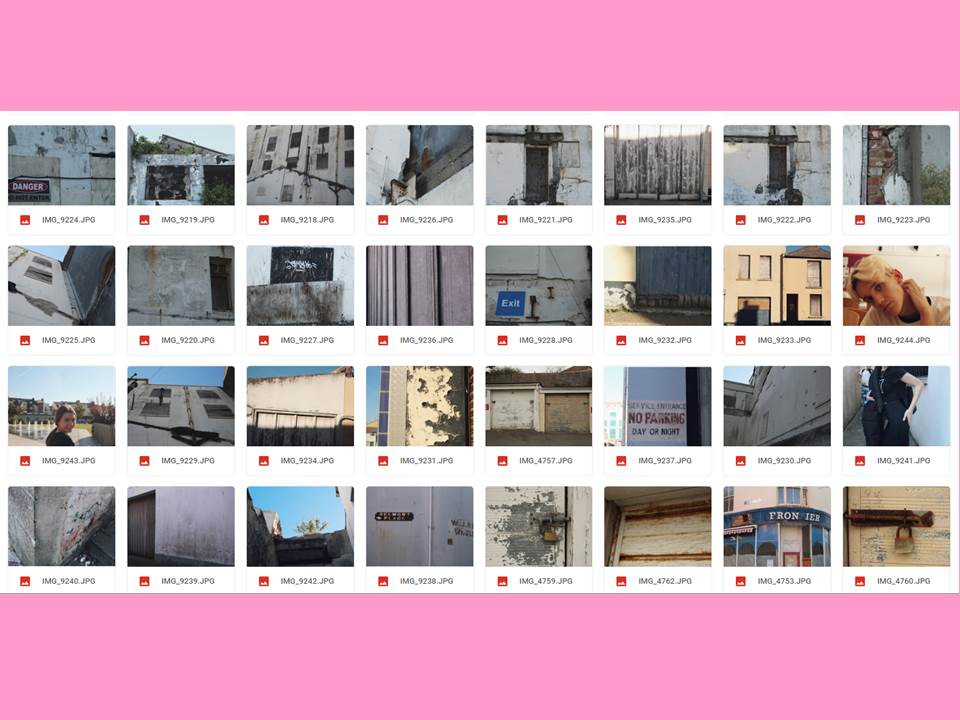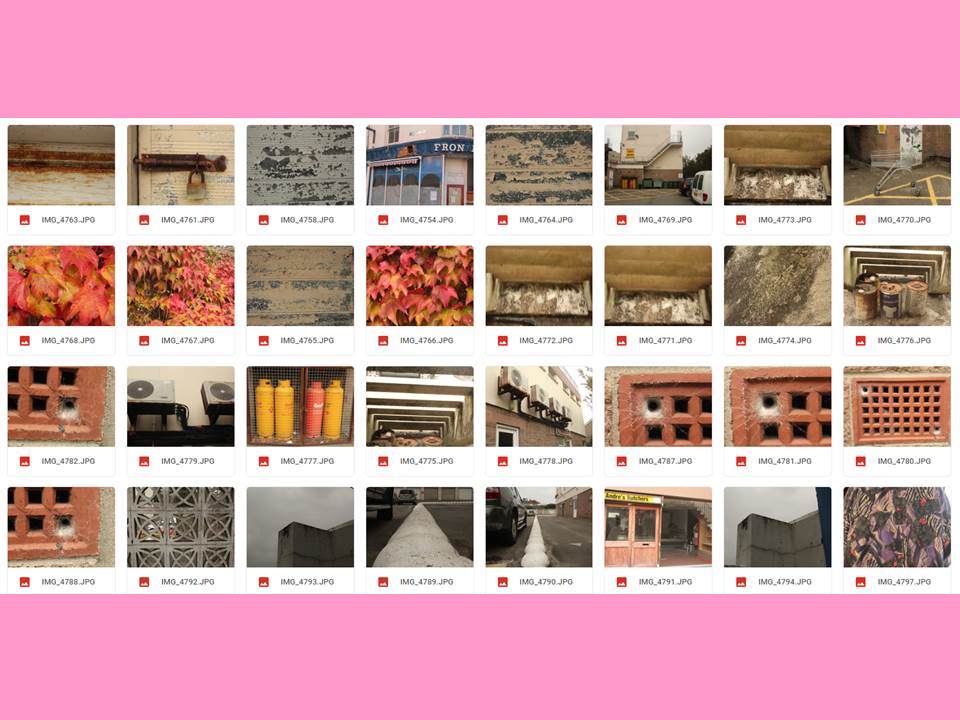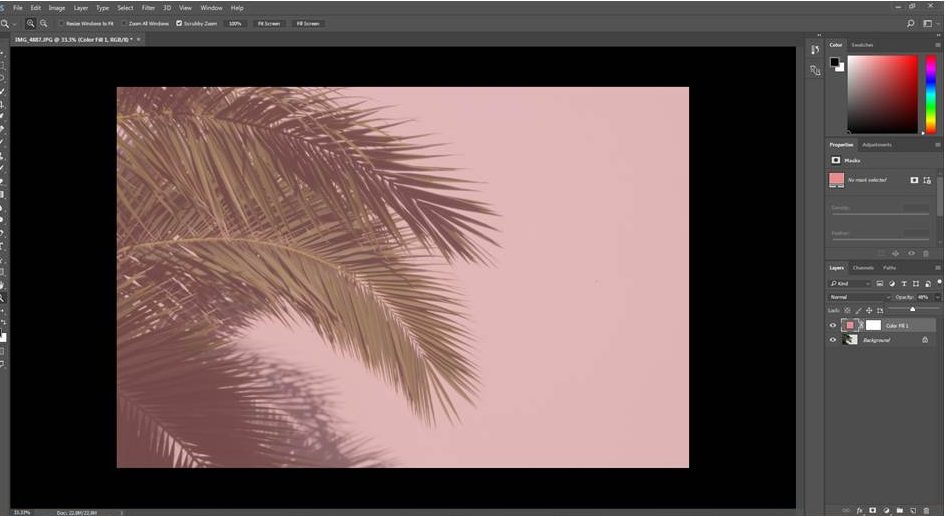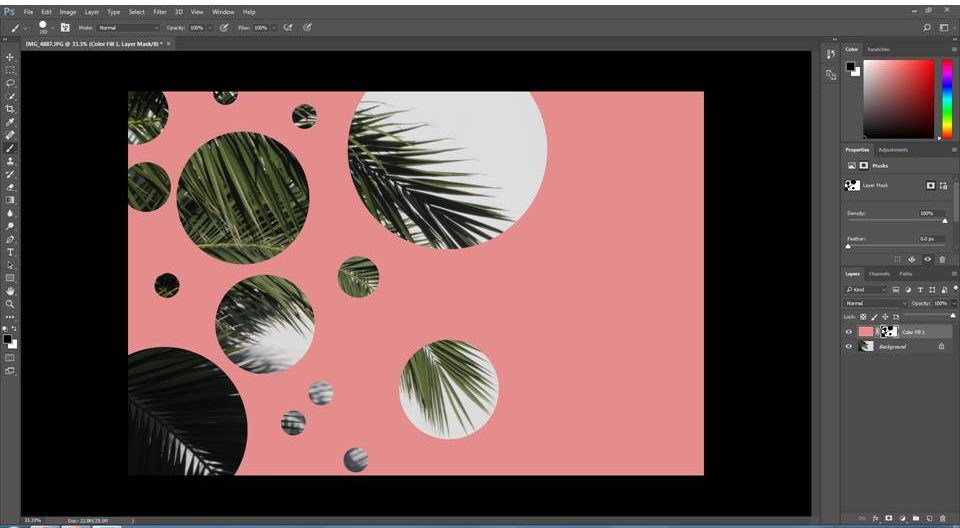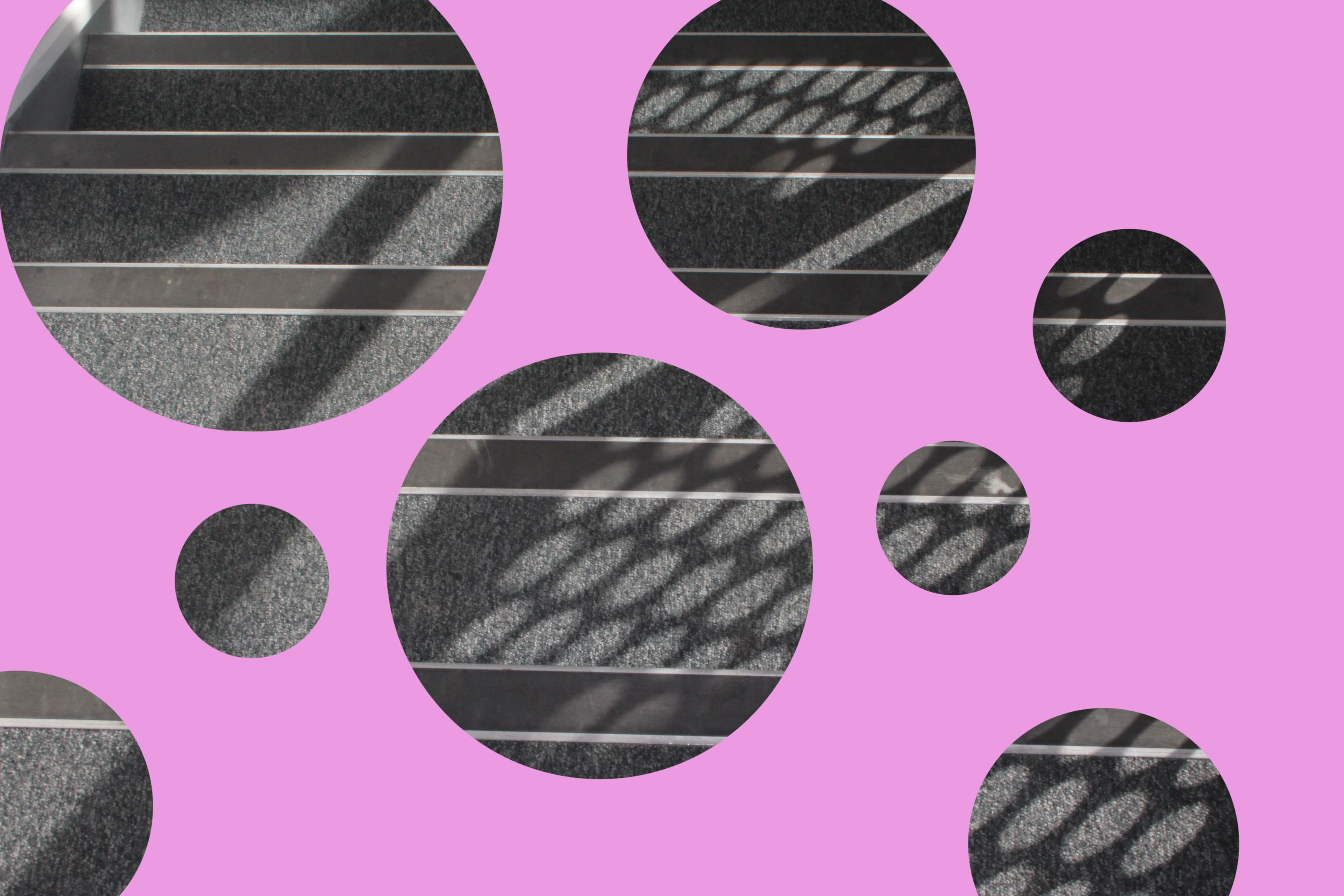1. TRADITIONAL PORTRAIT.
Traditional or Classical portraiture would refer to an image where face is the predominant element. The purpose of the photograph is to depict visual representation of that person. Subject is expected to be looking directly at the camera. With what is described as a head-shot, two thirds or full body framing can be used
2. ENVIRONMENTAL PORTRAIT.
The term Environmental Portrait refers to an image where the subject is photographed in person’s natural environment. For example, a worker photographed at the construction zone, teacher in the classroom, sculptor in a sculpture studio and so on. Surroundings are used to compliment the subject and to emphasize his character. Subject and setting are chosen by the photographer.
4. CANDID PORTRAIT.
A candid portrait is taken without a subject expecting or acknowledging the photographer. This style used in photo journalism, travel photography, street photography and event photography. As opposed to an environmental portrait this image is captured at the moment rather than set up.
5. GLAMOUR PORTRAIT.
The term Glamour Portrait refers to portraits where emphasis is given to highlight the sexy romantic appeal of the subject.
6. LIFESTYLE PORTRAIT
The term Lifestyle Portrait refers to portraits where emphasis is given to suggest the “style of living” of the individuals depicted. Technically it is a combination of environmental portrait and candid portrait. More weight is given to communicate the feeling of life experience of the subject. Style has numerous implications in commercial and fine art photography. Editorial, fashion, pharmaceutical, and food industries often use lifestyle images to evoke emotions in viewers by depiction of desired life styles. It is common to see this style used in wedding and family portrait photography as well.
7. SURREAL PORTRAIT.
Surreal Portraits are created to emphasize the other reality. A depiction of a person’s interpreted subconscious mind. Surrealism is an art movement started in the early 1920‘s and still alive and well. In photography tricks and special effects are used to achieve a surreal look.
8. CONCEPTUAL PORTRAIT.
Conceptual Portrait refers to images where concept adds a fourth dimension. The hidden meaning of the concept will leave the viewer guessing as it is often open for interpretation. Conceptual artists generally get offended when asked what did they mean in their photograph. It is the job of the viewer to decide. Conceptual Portraits are often used in advertising photography but concepts are much easier to understand.
9. ABSTRACT PORTRAIT.
Abstract portraits are created with a purpose of creating art and not based on realistic representation of a person. Collage or digital manipulation is often used.






